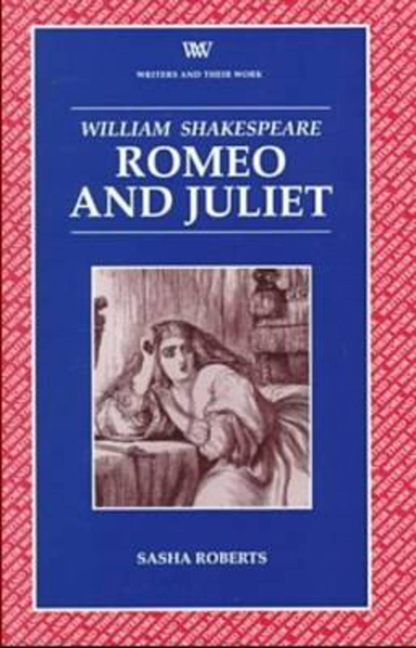Introduction
Summary
Romeo and Juliet is familiar to the point of cliché: widely taught at school and popularly performed, the play has become an icon of romantic love. It tells an apparently straightforward story of two lovers thwarted by parental opposition and a feuding society, and has long served as an introduction to Shakespeare. But the play has not always been held in high regard, and has been criticized as an immature, experimental work that fails to match the interest and complexity of Shakespeare's later tragedies (Hamlet, Macbeth, Othello, and King Lear). And, despite the interest in Shakespeare studies in issues of gender, domesticity, patriarchy, and the family (particularly since the 1980s), the play has not attracted as much critical attention as other Shakespeare plays from the 1590s, such as A Midsummer Night's Dream (c. 1594–5). It is as if Romeo and Juliet has been exhausted by overexposure. In my view, however, the play repays thorough investigation, for Romeo and Juliet is a complex and thought provoking exploration of family relations, sexual desire, violence, and male bonding (amongst other issues). As Frank Kermode has argued, ‘Romeo and Juliet is not a simple play; to suppose that it is would be the most elementary mistake one could make concerning it’ (p. 1057).
This book examines Romeo and Juliet in the light of recent critical thinking, sketching contexts, issues and debates of current interest in Shakespeare studies – especially around gender, sexuality, history, ritual, and textual transmission (that is, the different forms in which a text is reproduced). One of the most influential developments in Renaissance literary criticism of the 1980s and 1990s has been a concern with the relationship between literary texts and history. Because Romeo and Juliet engages with contemporary preoccupations in Elizabethan England, this book considers some of the play's historical contexts. Romeo and Juliet is a multifaceted play that may be interpreted in many ways, but one reading of the play has tended to dominate criticism and performance: the view that Romeo and Juliet represents an ideal of, or idealizes, romantic love. To be sure, Romeo and Juliet is a love-story; however, engaging with the Elizabethan cultural contexts of Romeo and Juliet can also release a refreshing scepticism over Romeo and Juliet as romantic heroes and their love as an ideal.
- Type
- Chapter
- Information
- Romeo and Juliet , pp. 1 - 3Publisher: Liverpool University PressPrint publication year: 1998



